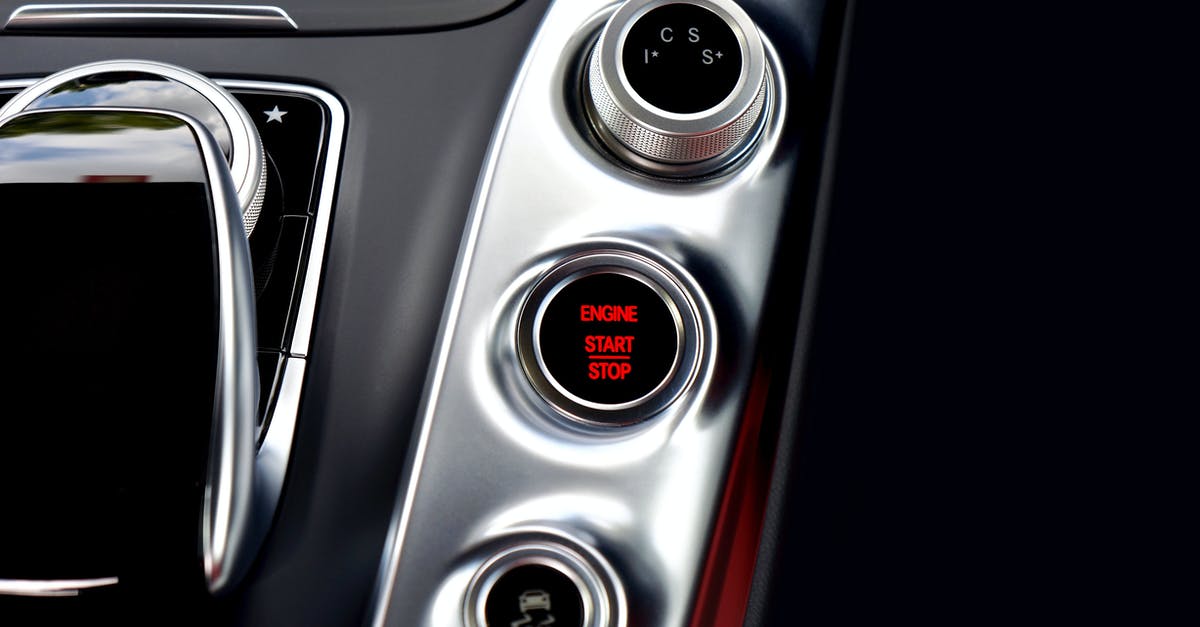Issue starting a sourdough starter

I'm making my second attempt at a sourdough starter. I tried once in the past and I now know that I just didn't stick with it long enough and had a bad bread recipe, but with a little more knowledge, I've had the urge to give it another try.
I came across a tutorial when browsing instructables.com, by user name ItsJeremy. He uses half AP flour and half of another flour, but said you can use straight AP. That's what I had, so that's what I used. I spaced out on the very first start up. Instead of using a 2:1 ratio, I used a 1:1, but since many other people use this, I figured it was okay. I went to the 2:1 every 12 hours after that. If my starter got too thick, I'd add a little extra water and if it got a little thin, I'd add a some extra flour. I tried to keep it pancake batter consistency.
After a couple of days, I started seeing bubbles forming. Not like you'd expect of a good starter, but it was a start. I started it on Sat morning and on Monday, I had made it a little thicker that day and when I got home from work, it had risen about 1/4". That wasn't much as in the container I had it in, the starter had begun at ~1" deep. So I got a 25% rise.
However, the next feeding haven't risen at all as far as I can tell. I'm still getting some bubbles, but not a massive amount. I haven't tasted it, but I have been smelling it and I don't smell an odors besides flour and water. Now, at 4 days into it and 7 feedings, I'd expect more progress. We do have the AC on in the house, but I imagine daytime temps are around 75deg. Nighttime probably gets cooler.
I do live in the south east and temps are hot and humid. I don't know that I shouldn't stick it on the covered front porch in the shade. I have a couple of extra containers and I might try that as well as another I saw a chef on youtube.com do, where they did a 1:1 ratio, put plastic wrap on it and let it sit 24-36 hours with no feedings till it bubbled.
I'm just looking for some guidance here. Is it not taking, do I just need to keep with it, should I find somewhere warmer. I mean I'd at least expect some sour smell after 4 days. It's not like I'm adding bleach instead of water. Thanks for the help.
Edit: I didn't mention it above. I'm on well water, so there is no chlorine.
Best Answer
Don't over think this.
If you know somebody who already makes sour dough, they need to refresh their culture once or twice a month. Get their "throw away" starter and use it to start yours. I bought a starter from King Arthur about 10 years ago. Still using the same starter today. King Arthur still sells sourdough starter. Their crocks work well too.
You can start a starter simply by putting out a bowl of water in the summer air. The yeast that's in the air will find its way into the water. You should then add some of that water to perhaps a half dozen jars of water flour mixture. Not every jar will start but the ones that start bubbling are worth keeping and nurturing. It may take a day or so at room temp before you see bubbles. After about two days the mixture will stop bubbling. That's when you need to add more flour/water mixture.
I use King Arthur unbleached bread flour in the light blue bag. Use 1 cup flour and one cup tap water and 1 cup starter. You can boil it if you want but I never do. Just make sure you don't add boiling water to the starter or you'll kill it. Tepid or lukewarm is fine. I don't worry about chlorine, add honey or lower the pH. If your water is unusually alkaline you may need to do something about it but first you would need to know if it's alkaline or acidic. Inexpensive pH test strips are available at pet stores that sell tropical fish, especially if they sell saltwater fish. Running your water through a carbon filter will remove the chlorine (Brita, PUR, ZeroWater). You can boil it too but then you have to wait for it to cool down. Simply leave the water in an open container and the chlorine will evaporate out...not sure how long that takes.
You'll need to repeat this a few times until you get a stable culture. Throw away one cup of starter mixture then add back one cup water and one cup flour that's been mixed together.
When you mix a fresh batch, leave it out on the counter for a few hours. It will double in size so make sure you have a big enough container. Starter over flows are a pain to clean up. From there, put your covered starter in the fridge for 2 or 3 weeks and then rebuild your starter again. I go 4 weeks maximum. Always put a date on the jar so you know when to do the refresh. Starter is like a pet, you have to take care of it and it's a long term commitment.
At 4 weeks, your starter will have a layer of black water on top. In general, don't worry about. The water will contain some alcohol as the yeast give it off as a by-product. When it's time to refresh, just pour off the layer of water. Give it a smell. It will have a sourdough smell. You'll quickly learn what that is. As far as I know I have never had a starter culture go bad. At one time I kept two cultures for white bread and one for rye. Now I just keep one culture for white bread.
When it's time to make your bread, grab 1 cup of starter for your bread and use the other cup to rebuild...one cup starter, one cup water, one cup fresh flour. Keep it simple.
You don't need added sugar for sourdough but some recipes may call for it. Authentic sourdough is much like authentic French baguettes...flour salt and water is all you really need. Baguettes use added yeast instead of the yeast in the starter. FYI, by French law, authentic French baguettes can only contain flour, salt, yeast and water, nothing else.
Over time, your starter, and your sourdough will develop their own special character/taste based on the yeast in your area.
Good luck!
Pictures about "Issue starting a sourdough starter"



Quick Answer about "Issue starting a sourdough starter"
The cause is usually some sort of contamination with food or soap residue, or weakened yeast due to a forgotten feeding. If mold does appear, it may be time to discard the starter and begin again with a new starter, or it may be possible to revive the starter.HOW TO FIX YOUR SOURDOUGH STARTER | Troubleshooting common issues
More answers regarding issue starting a sourdough starter
Answer 2
For a long discussion of the science and art of bread fermentation, I suggest finding a copy of "In Search of the Perfect Loaf: A Home Baker's Odyssey" by Samuel Fromartz.
Some of his suggestions for developing a starter:
- Use water without chlorine
- Use a bit of raw honey
- Use organic whole rye flour
- Raise the acidity level with pineapple or apple juice
Answer 3
Bubbles can be less prevalent with a fine-ground flour (e.g. most store bought flours). I observe more bubble formation using fairly coarse fresh ground flour (hard red wheat and a little triticale, at present). For unchlorinated water, let the water stand in a jar for a day before using (a smell test may make the chlorine in tap water fairly obvious). If your municipal supply adds chloramine, that may take more effort to remove (Katz, "Art of Fermentation", p.44).
Answer 4
You said you used AP flour, and although I will use that occasionally, if I run out of a good, name brand bread flour, it is not really advisable. Even unbleached AP flour doesn't have enough protein and ash in it to get a good starter going. also, I know most instructions say to 'discard' some after a suggested amount of days...3-5, if it is now 'bubbly' and active, but I caused my initial effort to make a starter to quit on day 4 doing this! had no action at all on day 4, 5, and then I changed my plan of action.
I too was seeing my starter be about the consistency of about a pancake batter, and noticed that right after feeding, it would thicken a bit, but then, it would go right back to the consistency of a ...kinda thin pancake batter, with no to few bubbles or action.
I decided to thicken it substantially, to what I would call a pancake batter that was too thick to get onto the griddle, at which point, it began to be extremely active and alive!
I live in Arkansas, in the south, and although it is winter, we keep our house rather warm, due to a wood furnace that always seems to either cause us to open a window or grab extra blankets. Average temp in the house is 70-78, summer or winter, as we are either heating or cooling. Hope that helps get a good strong starter, as I quit trying in my initial effort 3 years ago!
Sources: Stack Exchange - This article follows the attribution requirements of Stack Exchange and is licensed under CC BY-SA 3.0.
Images: Jill Wellington, Mike B, Yaroslav Shuraev, Alex Green
